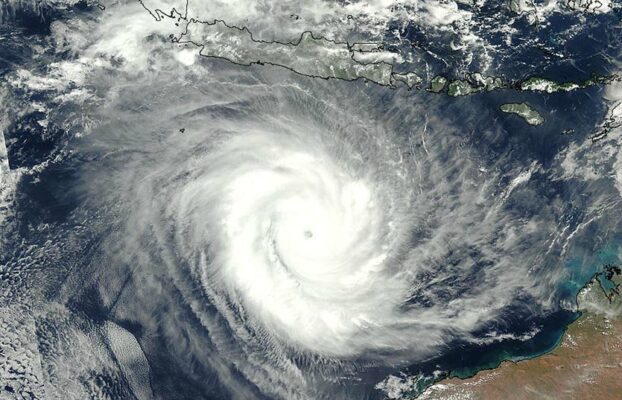Published 19 January 2022
Basseterre
Buckie Got It, St. Kitts and Nevis News Source
This year’s hurricane season is pointing toward above-average activity fueled by early indicators that the Atlantic multi-decadal oscillation (AMO) remains in a high positive phase, and signs that El Nino — during which trade winds are weakened and warm water is pushed back east toward the west coast of the Americas — will not happen this year.
That’s according to an early forecast from the Colorado State University (CSU) Tropical Meteorology Project, which forecasts a 40 percent chance of above-average AMO occurring, while the possibility of AMO being below average and El Nino developing saw a 10 percent chance of occurrence.
According to the National Oceanic and Atmospheric Administration, AMO is an ongoing series of long-duration changes in the sea surface temperature of the North Atlantic Ocean, with cool and warm phases that may last for 20-40 years at a time and a difference of about 1°F between extremes. These changes are natural and have been occurring for at least the last 1,000 years.
AMO is associated with changes in the frequency of North American droughts and is reflected in the frequency of severe Atlantic hurricanes, NOAA said.
According to CSU researchers, when Pacific waters are warmed by El Nino, historically there are fewer hurricanes in the Atlantic. Furthermore, El Nino generates increased vertical wind shear, which can reduce hurricane activity in the Atlantic.
La Nina, meanwhile, has the opposite effect.
An above-average hurricane season typically includes 13-16 named storms, 6-8 hurricanes and 2-3 major hurricanes, according to researchers.
The 2021 Atlantic hurricane season was the third most active on record, producing 21 named storms. It was also the second season in a row after 2020, and third overall, in which the designated 21-name list of storm names was exhausted.
The USVI was spared major impact during last year’s hurricane season, but residents of the territory — still recovering from the devastating category 5 storms of 2017 — remain alert to potential storm threats.
CSU’s seasonal outlooks for the 2022 Atlantic basin hurricane season will be issued on Thursday April 7, Thursday June 2, Thursday July 7, and Thursday 4 August.






